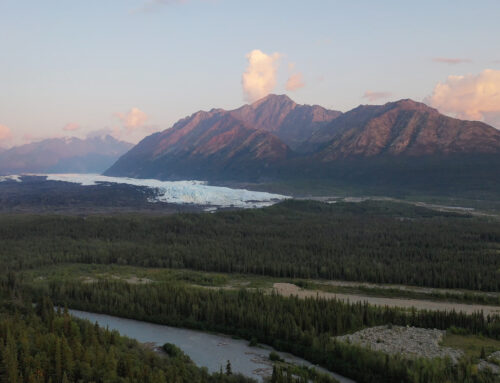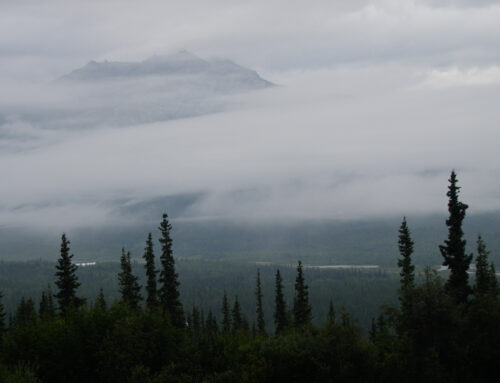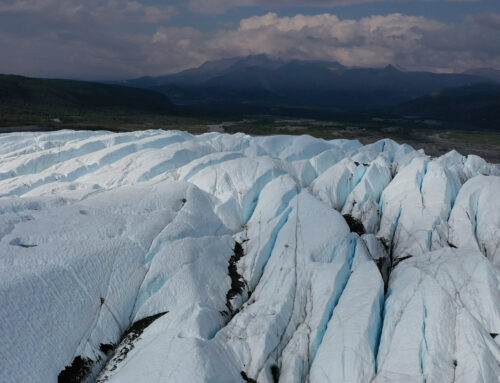A Brief History of Language in Alaska
Long before this land was known as ‘Alaska,’ groups of people have inhabited and migrated across this area. Most sources can agree that currently, as evidence shows, people have taken residency and traveled nomadically in this region for around 14,000 years. (NPS) Since the time of these forging and nomadic peoples, the question arises: what languages evolved to help people adapt to the land and other animals, and ways to develop and integrate old and new languages?
Indigenous Languages
Over thousands of years, we can observe the evolution of these languages in parallel with how the environment changes. And, how this influences social structures. Indigenous languages have adapted as life, and the surrounding world has changed to communicate in present times. Currently, there are 23 languages formally recognized as “distinct languages”. This languages stem from two main groups, the Inuit-Unangan (a.k.a. Eskimo-Aleut) and Na-Dene (a.k.a. Athabasan-Eyak-Tlingit). (Alaska Gov.)
The language family with the most significant number of languages in Alaska is the Na-Dené language family. Na-Dené includes 11 Athabascan (Dena) languages, and Eyak and Lingít. (Native Languages) There are also a few variations of languages that were once thought to be “isolated languages” that have been observed in Alaska and Canada. Alaska has a rich diversity of languages.
Immigrant Influenced Languages
Once plagues swept Europe during the late 18th century, many immigrated elsewhere by boat to find a new life. Some of the first contact and integration was with the Russians. As these migrants fled Eastern regions, they brought disease with them, decimating populations and languages. Using trade and slavery, some Russian languages were weaved into the native voice. Often, they were words for materials or ways of life. Indigenous people to these regions had not experienced some of these words, like coffee and tea.
Despite massive cultural upheaval, indigenous languages remained dominant in 1867. Sadly, in 1887, Sheldon Jackson, deployed an educational program designed with forced assimilation at the forefront. This once forbidding the use of native languages. This prohibition found success in utilizing harsh forms of punishment and abuse to separate people from their native tongue.
Relational and Regional Influences
Since the acknowledgment of the devastation of this culture, specifically through the means of suppressing language, there has been a shift to restore these voices. Since the closure of boarding schools and the overturning of “English Only” policies, there have been shifts over time to address this damage. This started in the 1970s when two different cases made it to the court systems.
Both of these cases brought favor to having bilingual learning programs in school. In 2014, courts held space for both success and failure in the resurgence of these languages. On the one hand, the Alaska Native Languages bill was passed to honor their authenticity and the same respect as the English language. And on the other hand, a federal judge overturned a decision to require translation materials for elections. So, there is little surprise that 2018 the Alaska Legislature passed a bill declaring a “linguistic emergency” in Alaska. (Native Languages)
Reviving and Sustaining Native Languages
Today, nearly all native languages are endangered or sleeping (meaning there are currently no fluent language speakers). Currently, groups of communities have banded together to revive these languages. Some of the primary language groups have seen measurable success and have been able to experience the rewards within community systems. Others are seeing slower yet consistent growth. As languages reintegrate into social worlds, learning programs, facilitations have been created and implemented for anyone interested in learning.





